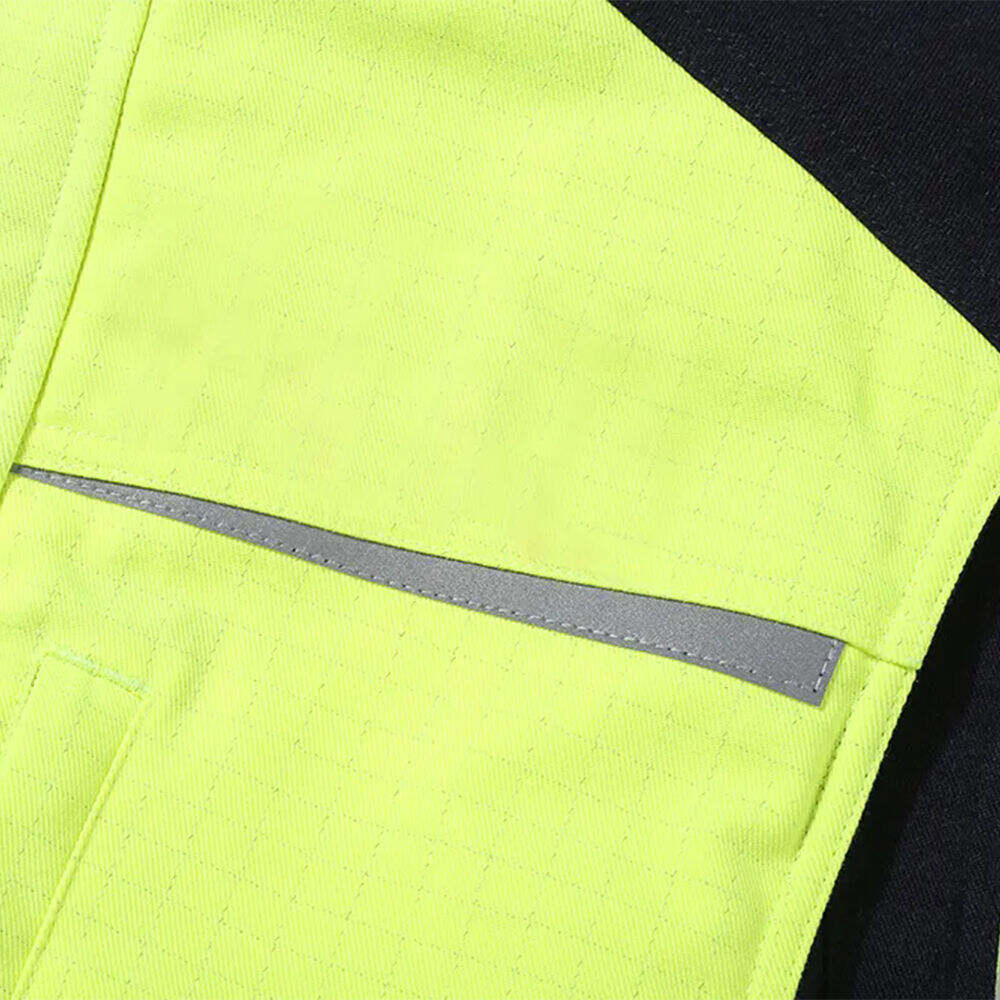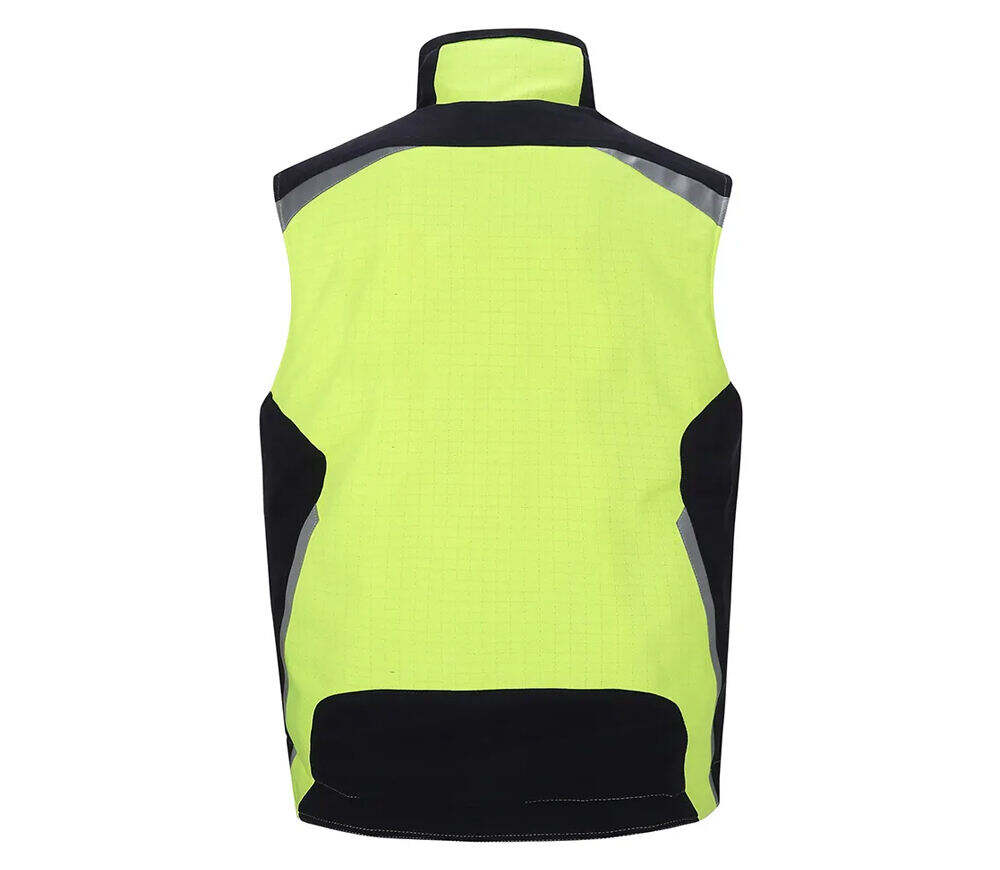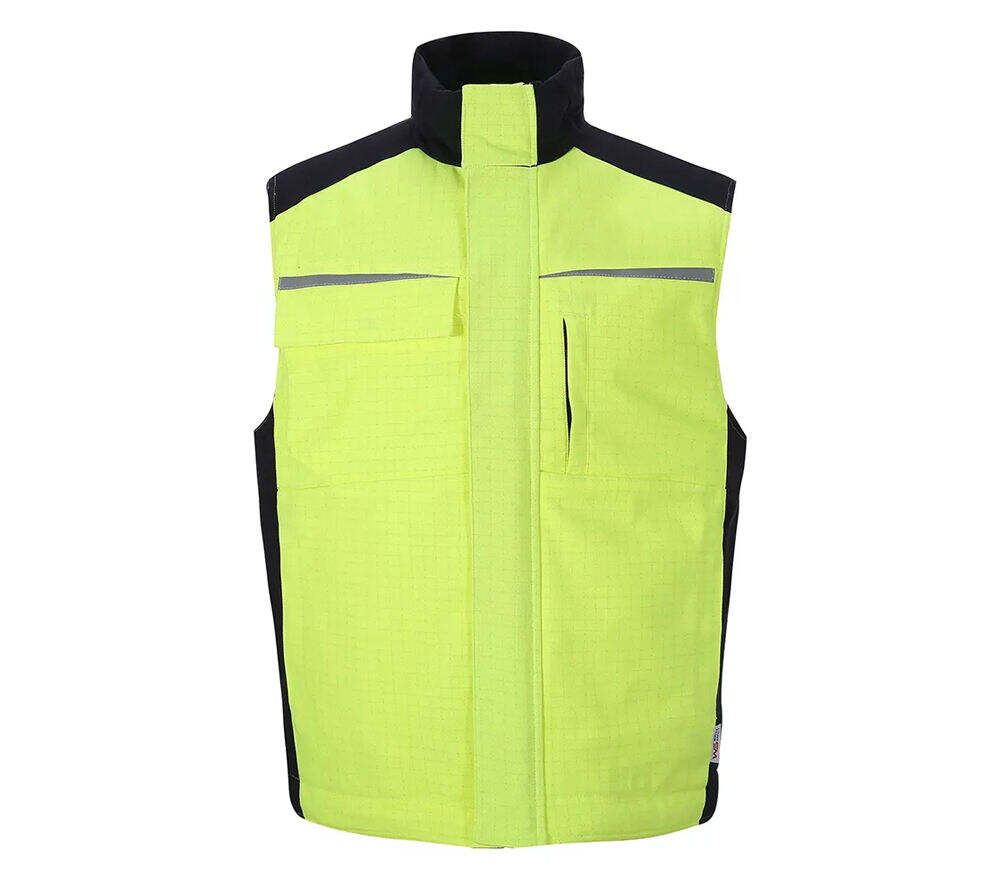Innovations in safety apparel technology are constantly pushing the boundaries of what is possible in terms of protecting workers from hazards in the workplace. These innovations are driven by the need to improve safety, comfort, and functionality.
One of the significant innovations in safety apparel technology is the development of advanced materials. For example, new fire - resistant fabrics are being developed that offer better protection against high temperatures and flames while also being lighter and more breathable. These fabrics use special chemical treatments or fiber blends to enhance their fire - resistant properties. In addition to fire - resistant materials, there are also advancements in materials that provide protection against chemicals, cuts, and abrasions. For instance, some gloves are now made from high - performance synthetic fibers that offer excellent cut - resistance while still allowing for good dexterity.
Smart safety apparel is another emerging trend. These garments are equipped with sensors and technology that can monitor the wearer's vital signs, detect hazardous conditions, and provide real - time alerts. For example, a smart hard hat may have sensors that can detect impacts to the head and send an alert to a supervisor if a worker is involved in an accident. Smart vests may be equipped with GPS tracking and environmental sensors that can monitor air quality, temperature, and humidity. This technology allows for better monitoring of worker safety and can help prevent accidents and injuries.
Improved design and ergonomics are also important innovations in safety apparel. Manufacturers are focusing on creating safety apparel that is more comfortable to wear for extended periods. This includes features such as adjustable straps, ventilation systems, and moisture - wicking materials. For example, some safety boots now have cushioned insoles and ergonomic designs that reduce foot fatigue. Safety jackets and pants are being designed with more flexible materials and better fits to allow for a greater range of motion.
In addition, there are innovations in the integration of personal protective equipment (PPE) with other safety systems. For example, some safety helmets can be integrated with communication systems, allowing workers to communicate with each other and with supervisors more easily. This integration can improve coordination and efficiency in the workplace while also enhancing safety.
In conclusion, innovations in safety apparel technology are transforming the way workers are protected in the workplace. From advanced materials to smart apparel and improved design, these innovations are making safety apparel more effective, comfortable, and functional, ultimately contributing to a safer work environment.


